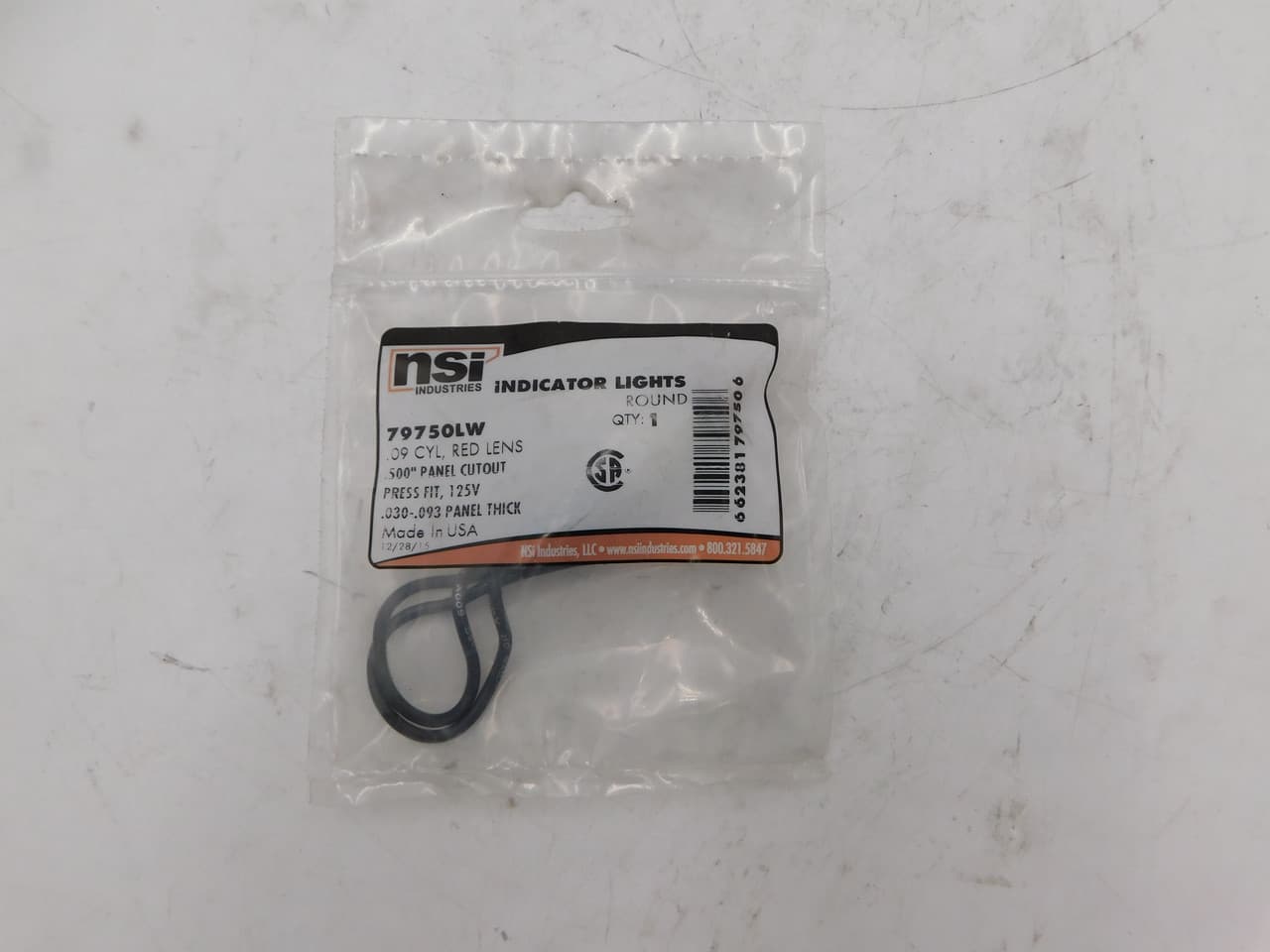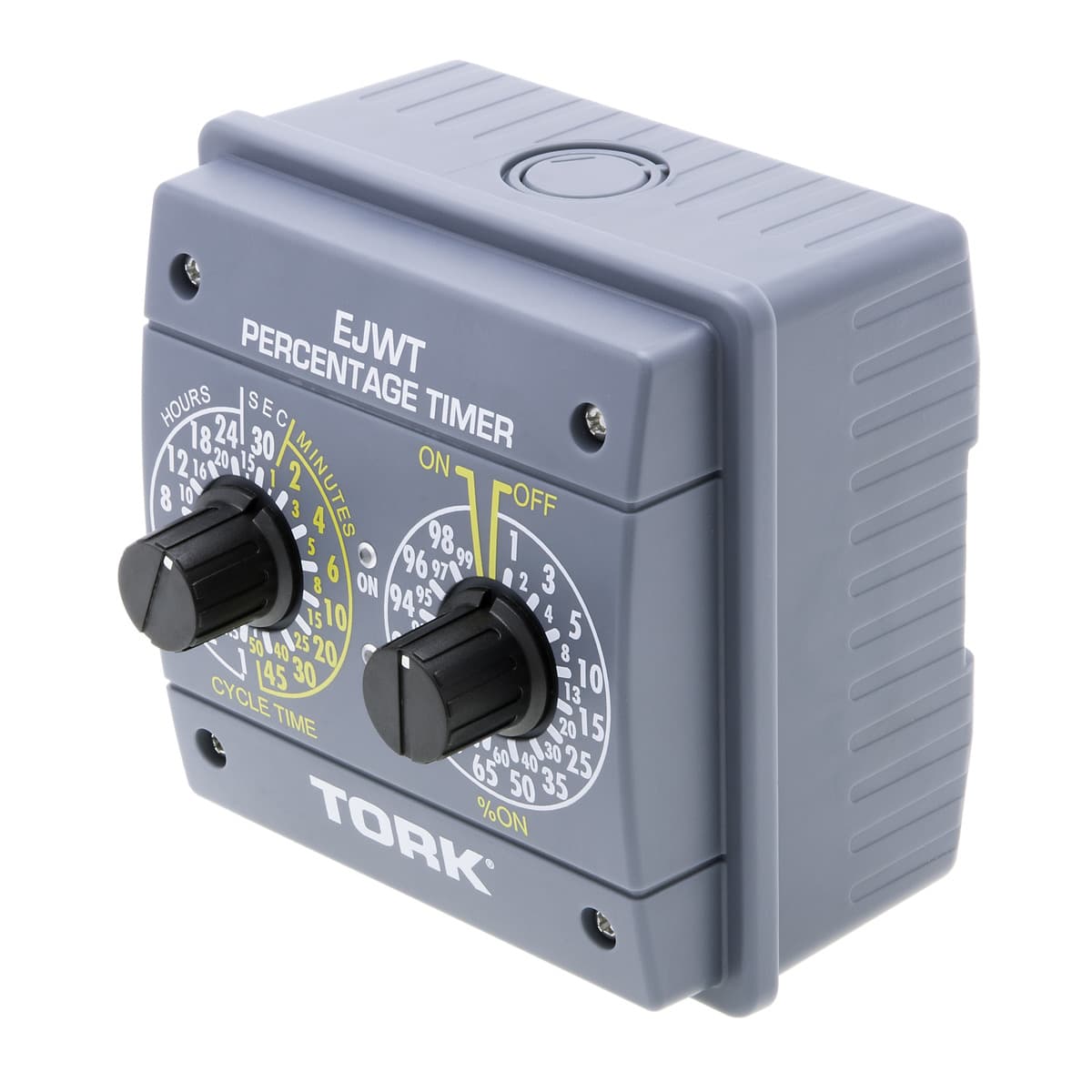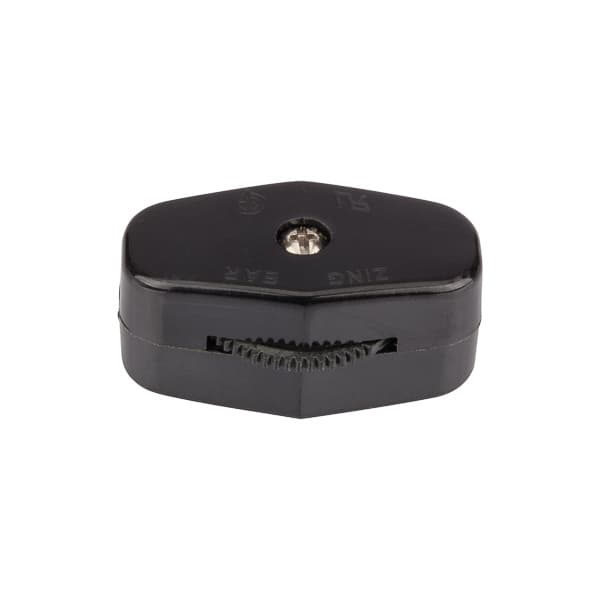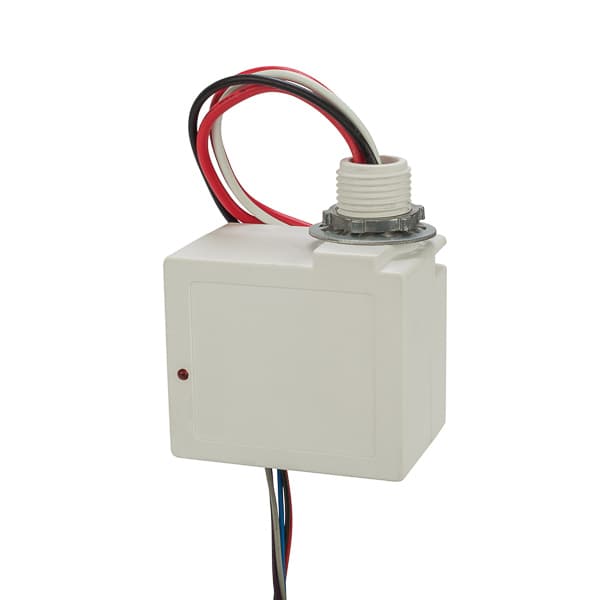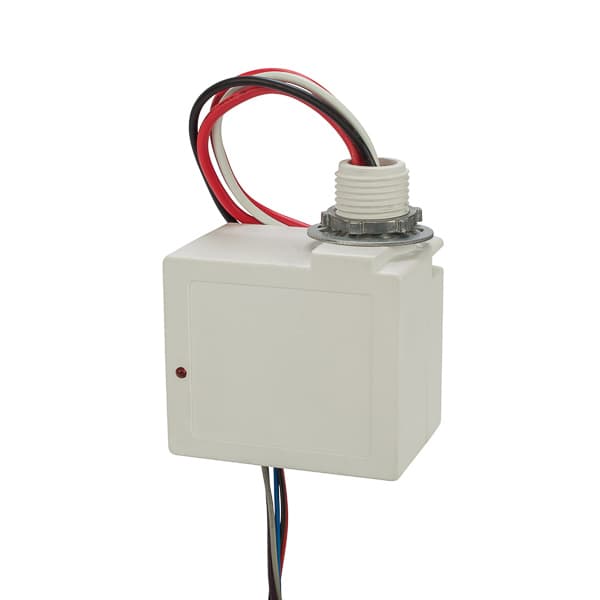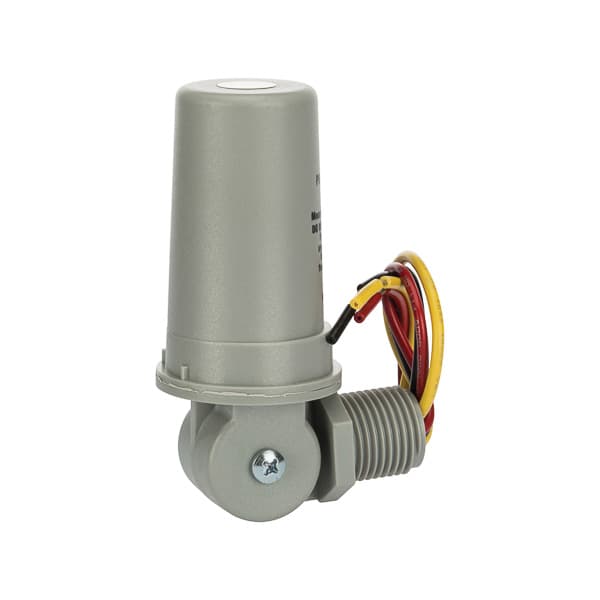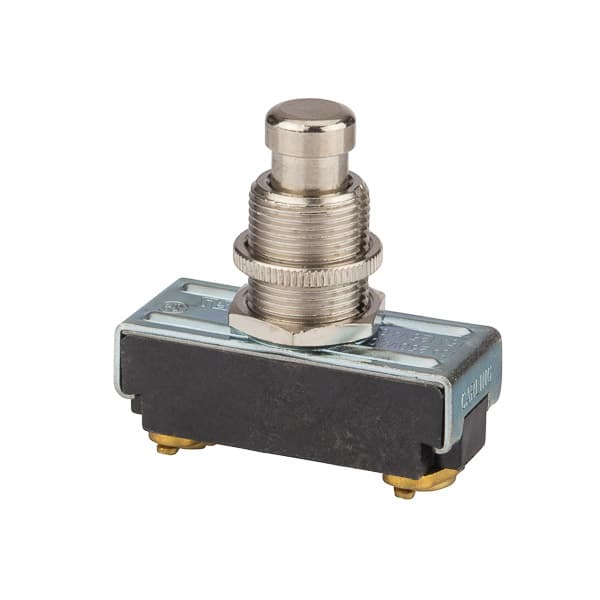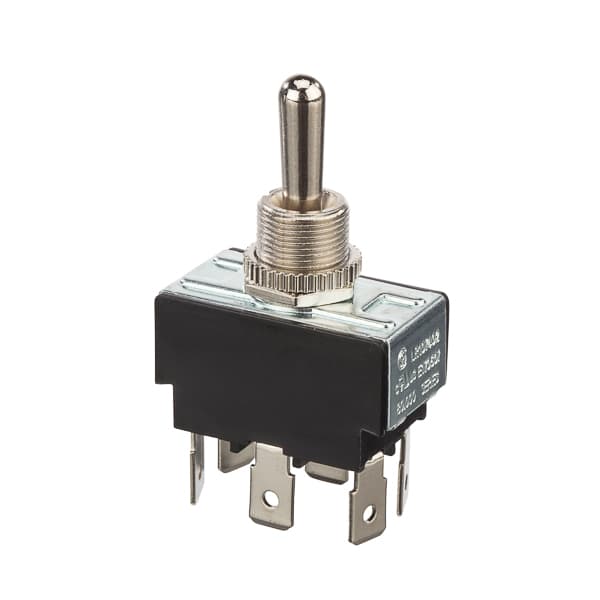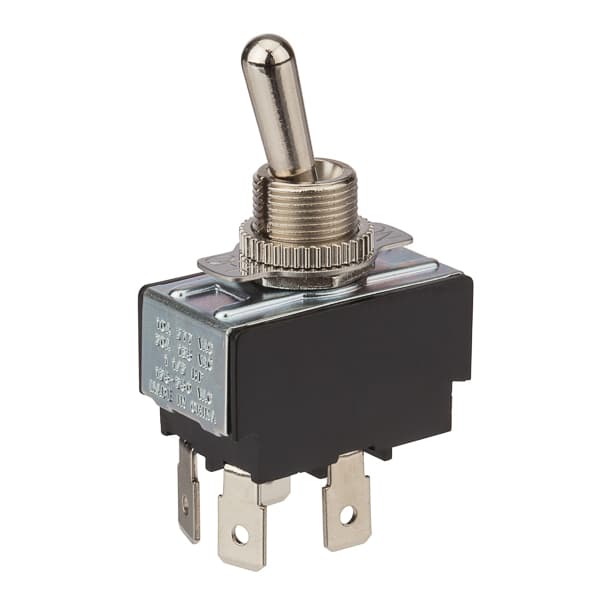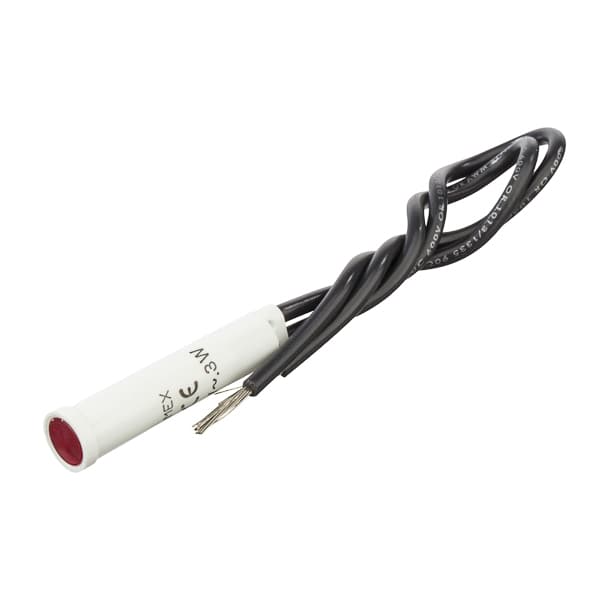NSI Industries Control Circuits on Advantage Electric Supply
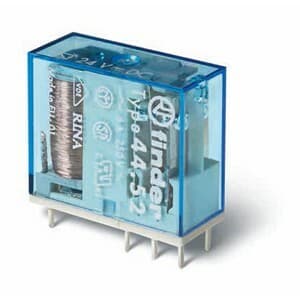
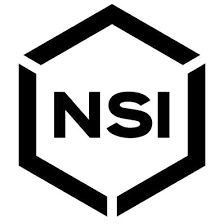
Control Circuits- NSI Industries
A control circuit is an essential part of electrical systems that allows for the control and management of various electrical devices. It acts as a relay point between a power source and devices, receiving input from sensors and sending instructions to control the actions of connected devices.

Control Circuits
General Guide & Overview
Control circuits are an essential part of electrical systems, allowing for the control and management of various electrical devices. They act as relay points between a power source and devices, receiving input from sensors and sending instructions to control the actions of connected devices. Control circuits are commonly used in industrial settings for automated systems, such as manufacturing assembly lines, security systems, lighting systems, and more.
Proper training in working with control circuits is crucial for safety and maintenance. Understanding what control circuits are and how they function is essential for anyone working in the field of electrical engineering or industrial automation.
Types of Control Circuits
There are different types of control circuits used in various applications within the field of electrical engineering and industrial automation. One popular type is the programmable logic controller (PLC), specifically designed for industrial use. PLCs are widely used across various industries as they allow for the control of multiple pieces of equipment by utilizing timers, sensors, and sequencers.
Another type of control circuit is the relay-based control circuit. These circuits use relays to control the flow of electrical current to different devices. They are commonly found in applications that require simple and reliable control, such as HVAC systems or small machinery.
Motor control circuits, as the name suggests, are used to control the operation of motors. These circuits employ various techniques to start, stop, and regulate the speed of motors, ensuring optimal performance and efficiency.
A relatively newer type of control circuit is the solid-state control circuit. These circuits use solid-state components, such as transistors and integrated circuits, to control the flow of electrical current. They are often utilized in applications that require precise and fast control, such as robotics, CNC machines, and advanced automation systems.
Each type of control circuit offers its own set of advantages and is selected based on the specific requirements of the application. Whether it's the programmability and versatility of PLCs, the simplicity of relay-based control circuits, the motor control capabilities, or the precision of solid-state control circuits, the choice ultimately depends on factors such as co
st, complexity, reliability, and performance.
Importance of Safety Training for Control Circuits
Safety training is crucial for employees who work with electrical control circuits. According to the Occupational Safety and Health Administration (OSHA), electrocutions accounted for a significant percentage of fatal workplace accidents. Proper training helps reduce the risk of accidents and ensures that workers are aware of the potential hazards associated with control circuits.
Electrical control circuits involve working with live wires and high voltage systems, which can pose serious risks if handled improperly. From electric shocks to fires and electrical explosions, the consequences of mishandling control circuits can be severe.
By providing safety training, employers can equip their employees with the knowledge and skills necessary to work with control circuits safely. Training programs cover topics such as identifying electrical hazards, proper grounding techniques, safe handling of electrical components, and emergency response procedures.
Furthermore, safety training enables employees to diagnose and fix simple problems without the need for outside contractors, leading to cost savings for businesses. When workers have a good understanding of how control circuits function and are trained in troubleshooting techniques, they can perform routine maintenance, identify potential issues, and resolve them efficiently.
Another crucial aspect is that companies that work with sensitive or proprietary technology can benefit from having trained staff on their payroll to avoid compromising secure data. Proper training ensures that employees handle control circuits with care, minimizing the risk of accidental damage or unauthorized access to critical systems.
In summary, safety training is essential for anyone working with electrical control circuits. It not only reduces the risk of accidents but also empowers employees to diagnose and resolve issues, leading to cost savings and improved efficiency. With properly trained staff, businesses can ensure the safe and reliable operation of their control circuits, protecting both their employees and their valuable assets.
Control circuits are an integral part of modern technology, serving a vital role in ensuring the efficient and safe operation of electrical systems. Whether in industrial applications or everyday systems, these circuits are responsible for managing and controlling various devices, offering reliability, consistency, and profitability across different industries.
With proper safety training and regular maintenance, control circuits can guarantee the smooth functioning of electrical systems and help prevent accidents. By having a comprehensive understanding of the different types of control circuits and their applications, professionals in the fields of electrical engineering and industrial automation can ensure optimal performance.
As control circuits continue to evolve and advance, it becomes increasingly important for individuals working in related industries to stay up-to-date with the latest developments. By staying informed and acquiring the necessary skills, these professionals can effectively leverage control circuits to streamline operations, improve productivity, and achieve higher levels of safety in their applications.
FAQ
A control circuit is an essential part of electrical systems that allows for the control and management of various electrical devices. It acts as a relay point between a power source and devices, receiving input from sensors and sending instructions to control the actions of connected devices.
There are different types of control circuits used in various applications. Some popular types include programmable logic controllers (PLCs), relay-based control circuits, motor control circuits, and solid-state control circuits. Each type has its own advantages and is selected based on the specific requirements of the application.
Control circuits are integral to modern technology, allowing for the efficient and safe operation of electrical systems. They play a crucial role in managing and controlling various devices, providing reliability, consistency, and profitability to businesses across different industries.

